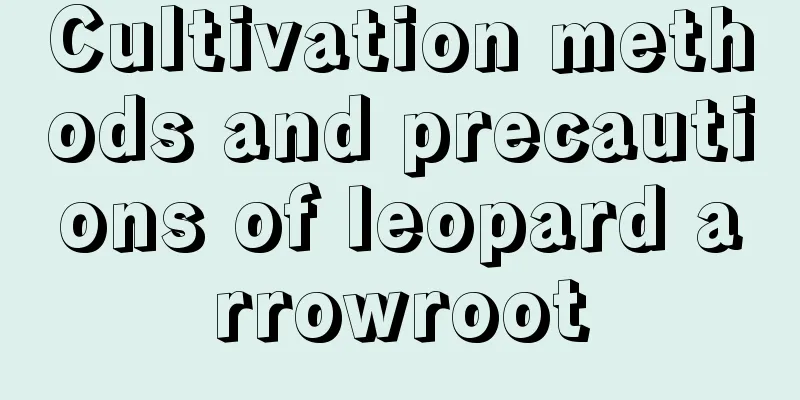Causes and treatments for yellowing leaves of lavender

1. Insufficient lightReason: Lavender is a full-sun plant that loves light. It can receive full-day sunlight in all seasons except summer. Receiving enough light is beneficial to its growth. If the maintenance environment does not have enough light, it will grow slowly and the branches and leaves will turn yellow. Measures: It needs to be moved to a place with sufficient light and longer sunshine hours, preferably one that can receive sunlight all day. Just be careful to provide shade when the sun is too strong in summer, otherwise the leaves will burn yellow. 2. Excessive waterReason: Featherleaf lavender does not need much water to grow. It prefers a relatively dry growing environment, so the soil should not be too moist. If there is too much water in the soil, water accumulation will easily form, preventing it from growing normally. In addition, if water is accidentally spilled on the plant when watering, the leaves will be burned after being exposed to the sun. Measures: If there is no accumulation of water, you can move it to a sunny and ventilated place, loosen the soil, speed up the evaporation of water, and make the soil dry. If there is water accumulation in the potting soil, you need to remove the pot and check whether the roots are rotten. Cut them off and replant them. 3. Environmental changesReason: If you suddenly change its breeding environment, its growth will slow down because it cannot adapt, and its branches and leaves will turn yellow after a while. Measures: Don’t worry about this situation, just wait for it to adapt to the new environment. It will take about 3-5 days for the plants to adapt. 4. Fertilizer problemReason: If the fertilizer concentration is too high, it may burn the roots. This will hinder the absorption and transportation of nutrients, and the outside of the plant will show signs of yellowing branches and leaves. Measures: The fertilizer in the soil needs to be diluted by watering as soon as possible. If necessary, the plant needs to be removed from the pot and the damaged roots cut off, then the soil needs to be changed and replanted. In subsequent maintenance, when applying fertilizer, make sure the concentration of fertilizer is only 1%. Also note that the proportion of nitrogen fertilizer in the fertilizer should not be too high. |
<<: Causes and solutions for yellowing kale leaves
>>: The causes and treatments of yellow leaves of Aspidistra
Recommend
Cultivation methods and precautions of Dutch chrysanthemum
Chrysanthemum is a very beautiful chrysanthemum w...
Can I plant a peach tree at the door?
Can I plant a peach tree at the door? Peach trees...
How to arrange chrysanthemums into a beautiful scene
Aster garden decoration When planting asters in g...
How to prolong the flowering period of magnolia
1. If you want to transplant Try to do it in the ...
What to do if the leaves of Anthurium turn yellow
1. Proper water management When we care for the p...
How to grow red bamboo to make it grow well? Is red bamboo easy to grow?
Red bamboo generally refers to red-leaf cordyline...
How to reproduce the yellow candy orchid
Division Using this method, it can basically be d...
How to save dragon blood tree root rot
1. Rescue Methods 1. After discovering that the d...
The flower language and symbolic meaning of Buddha's hand
The Flower Language of Buddha's Hand Good for...
Macaw fish breeding method
The macaw fish is an ornamental fish loved by man...
Does the fortune tree need to be repotted? How to repot it?
1. Do I need to change the pot? The money tree is...
What is the meaning of the rubber tree
1. Meaning 1. Dignified and calm: This type of pl...
How to propagate Lithops
Seed propagation Sowing is done in spring from Ap...
How to propagate osmanthus trees by cuttings, pictures of osmanthus trees
1. Cutting time It is recommended to carry out it...
Medicinal effects of Ophiopogon japonicus
Medicinal Uses of Ophiopogon japonicus There is a...









